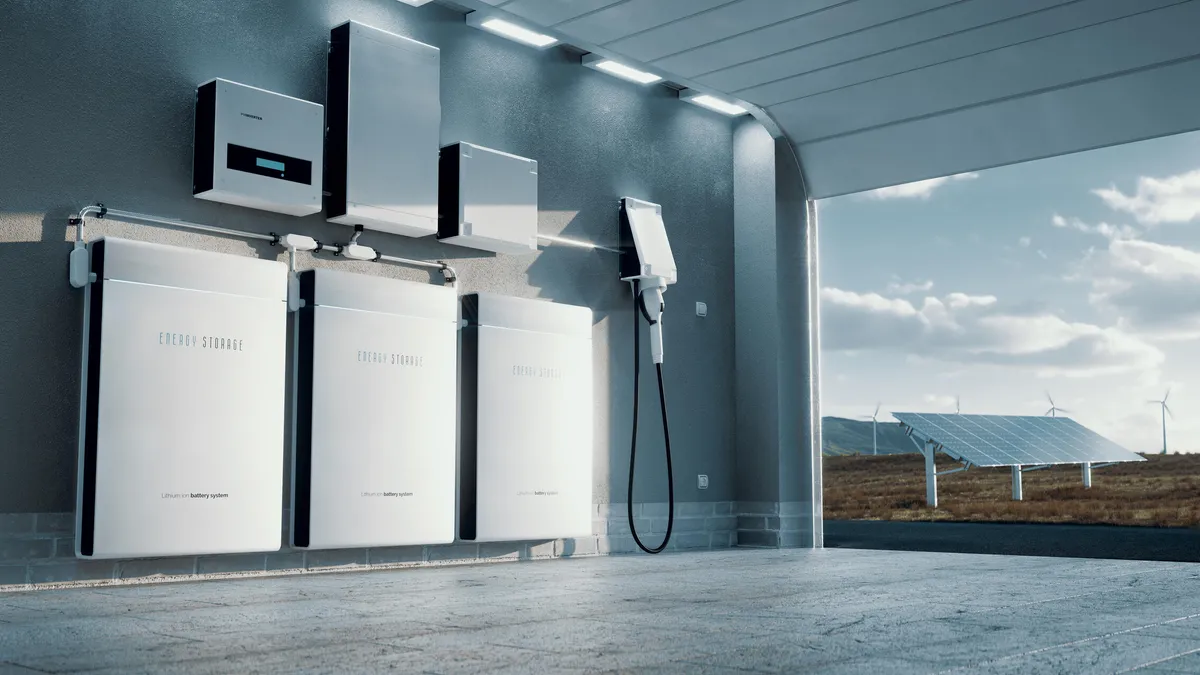Image source: CNET
In the contemporary world of renewable energy, solar panels often hog the limelight for their ability to harness the sun’s energy and convert it into electricity. Yet, lurking in the shadows, another technology quietly emerges as a game-changer: energy storage systems, particularly batteries. These unassuming units not only promise resilience during outages but also harbor significant financial benefits for homeowners and businesses alike.
Rethinking Energy Storage: More than Just Backup Power
While the allure of energy independence and backup power drives many to invest in energy storage systems, the financial perks are equally compelling. Unlike traditional generators or uninterruptible power supplies (UPS), batteries offer a seamless transition during blackouts while potentially saving considerable sums over their operational lifespan.
Solar Batteries: A Financial Odyssey
Navigating Incentives
The journey to financial gain begins with understanding available incentives. Mirroring the solar industry, energy storage benefits from federal programs like the Investment Tax Credit (ITC), providing a substantial 30% tax credit on battery installations. Moreover, various state-level initiatives, such as California‘s SGIP, extend further savings, making the investment more appealing.
Net Metering Nuances
Net metering policies play a pivotal role in shaping the financial landscape of solar-battery installations. In regions where one-to-one net metering isn’t guaranteed, solar energy exported to the grid might fetch lower returns. Here, coupling solar panels with batteries transforms excess energy into stored savings, amplifying the financial viability of the system.
Time Variance Tactics
Time-of-use (TOU) rate plans introduce a strategic dimension to energy consumption. In locales with fluctuating electricity prices throughout the day, solar-battery setups offer a tactical advantage. By storing surplus solar energy during off-peak hours and deploying it during peak demand periods, users can skirt exorbitant electricity rates, bolstering their financial resilience.
Demystifying Demand Charges
While demand charges predominantly haunt commercial entities, they occasionally lurk in residential tariffs. For those ensnared by these charges, batteries emerge as formidable allies. By strategically managing power consumption peaks, batteries help mitigate demand charges, translating into tangible savings on monthly bills.
The Verdict: A Mosaic of Financial Outcomes
Intriguingly, the financial equation of solar batteries defies a one-size-fits-all approach. Depending on geographical location, regulatory frameworks, and individual energy consumption patterns, the payback period for battery investments varies widely. While some may relish a swift return on investment, others might prioritize the intangible value of uninterrupted power supply, making the financial calculus a nuanced affair.
In essence, the journey to financial salvation with solar batteries is akin to a labyrinthine odyssey. With incentives as guideposts and tariff structures as navigational tools, individuals traverse a landscape teeming with possibilities, each bearing unique implications for their financial well-being.
Beyond Dollars and Cents
As the quest for sustainable energy intensifies, the role of solar batteries evolves from a mere backup power source to a harbinger of financial resilience. While the allure of cost savings propels many towards this technology, its intrinsic value extends far beyond monetary gains. Ultimately, the decision to embrace solar batteries transcends financial arithmetic, embodying a testament to preparedness, sustainability, and the unwavering quest for energy independence.





